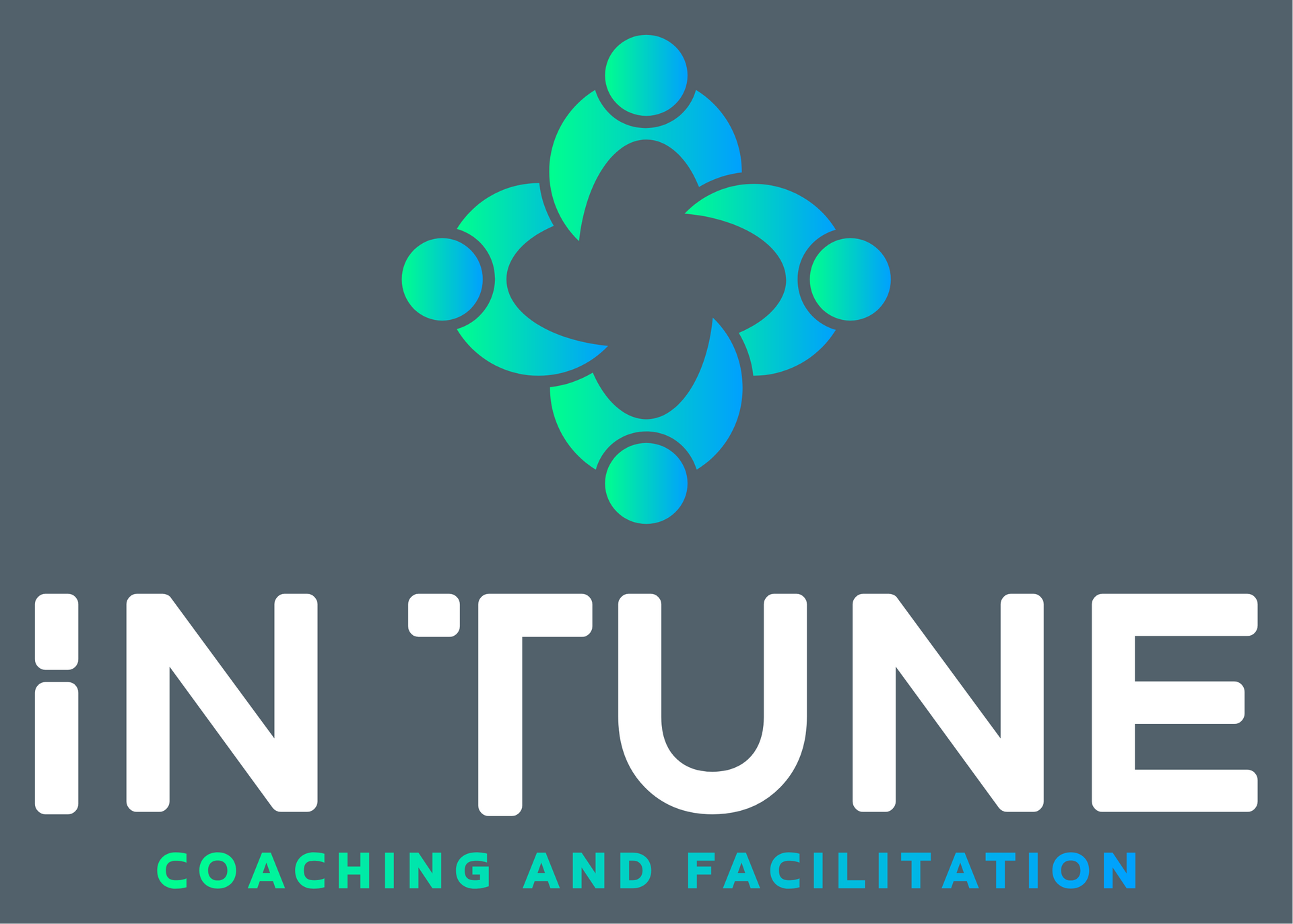Prioritizing and Speeding Up Work: A GTD Playbook
"The art of resting the mind and the power of dismissing from it all care and worry is probably one of the secrets of our great men."
— Captain J.A. Hatfield

In today’s fast-paced work environments, we often find ourselves overwhelmed by competing tasks and shifting priorities. To stay productive and prevent burnout, it’s essential to clear the mind, as Captain J.A. Hatfield suggests. David Allen’s Getting Things Done (GTD) system helps professionals achieve exactly that by offloading tasks from the mind and creating a structured approach to prioritization and speed.
By applying GTD principles, you can regain control of your workload, focus on what truly matters, and move through your day with greater clarity and efficiency.
Key Concepts of Getting Things Done
Let’s explore how GTD’s core concepts can enhance prioritization and speed in the workplace.
1. Capture: Freeing the Mind by Collecting Everything
Allen’s first GTD principle is capturing everything that demands your attention—whether it’s a work task, an email, or even an idea. The goal is to free your mind from the burden of remembering tasks, allowing it to focus on action.
In the workplace, this translates to logging every responsibility into an external system, such as a task manager or notebook. This helps clear mental clutter and allows you to address tasks more quickly because nothing is left to memory.
Example:
An employee managing multiple projects might capture all tasks, client requests, and deadlines into a tool like Trello or Todoist, ensuring nothing slips through the cracks and speeding up decision-making.
Actionable Step:
Use a digital tool or physical planner to capture every task and idea the moment it comes up. This allows your mind to focus on completing tasks rather than juggling them.
2. Clarify: Breaking Tasks into Actionable Steps
After capturing tasks, the next step is clarifying what each task means. Is it actionable? If yes, what’s the specific next step? Breaking down vague tasks into actionable items speeds up execution because you can jump straight into action rather than hesitating over what to do next.
Example:
A manager reviewing a project update might clarify the next step as “Review client feedback by Friday,” instead of leaving it as a general reminder. This specificity allows the manager to quickly prioritize and complete tasks efficiently.
Actionable Step:
For every item on your to-do list, ask, “What’s the very next action?” Breaking tasks into smaller steps prevents procrastination and boosts your ability to move quickly through your list.
3. Organize: Prioritizing Tasks for Maximum Efficiency
Once tasks are clarified, organizing them by context and priority ensures that the most important work gets done first. By creating categories for high-priority, urgent tasks and grouping similar tasks together, you reduce time spent switching between different activities.
Example:
A team leader might organize their tasks into “urgent client work,” “internal team communication,” and “long-term planning.” By focusing on urgent work first, they complete the most pressing tasks before moving to less time-sensitive activities.
Actionable Step:
Create categories for your tasks based on their urgency and context (e.g., “urgent,” “meetings,” “emails”). Prioritize high-impact tasks to maximize your productivity early in the day.
4. Reflect: Regularly Reviewing and Reprioritizing
The GTD method emphasizes the importance of reflection through a weekly review. This allows you to revisit your task list, check off completed items, and reprioritize based on current deadlines or new developments. Regular reflection speeds up future work because you always know what’s most important.
Example:
A product manager might set aside time every Friday to review the status of current projects and prioritize tasks for the upcoming week. This ensures that the next workweek begins with a clear plan, minimizing delays.
Actionable Step:
Conduct a weekly review of your task list. Update your priorities based on upcoming deadlines or new information to ensure that you can hit the ground running each week.
5. Engage: Taking Immediate Action on Priorities
The final step in the GTD system is to engage with your prioritized tasks. This means focusing your time and energy on high-priority items and working through them in a deliberate, focused manner. By doing this, you not only work faster but also ensure that important work is completed before lower-priority tasks.
Example:
A financial analyst might start their day by completing a high-priority client report first thing in the morning, when their energy is highest. Afterward, they can move on to routine tasks like responding to emails.
Actionable Step:
At the start of your workday, engage with the highest-priority task on your list. By tackling important work first, you build momentum and finish critical tasks faster.
Using GTD for Prioritization and Speed at Work
The GTD system is designed to enhance both prioritization and speed by encouraging clear thinking and structured action. Here’s how you can use GTD techniques to optimize your workday:
Prioritization Tips:
- Capture Everything: Ensure every task and idea is recorded, so you can prioritize quickly without forgetting key responsibilities.
- Clarify Actions: Always identify the next action required for each task. This allows you to focus on the most actionable items and move forward quickly.
- Organize by Importance: Prioritize tasks by urgency and group similar tasks together to minimize context-switching.
Speed Tips:
- Use the Two-Minute Rule: If a task will take less than two minutes, handle it immediately. This clears small tasks quickly and reduces clutter in your to-do list.
- Focus on Next Actions: Having a clear understanding of what the next action is prevents hesitation, allowing you to jump straight into work.
- Batch Tasks: Group similar tasks (like emails or meetings) together to streamline your workflow and minimize distractions.
Conclusion: Speed and Prioritization with GTD at Work
David Allen’s Getting Things Done offers a powerful framework for improving both speed and prioritization in the workplace. By capturing, clarifying, and organizing tasks, you create a structure that allows you to move quickly and stay focused on high-priority work. The GTD system helps you manage competing priorities with ease, ensuring that nothing is forgotten and that your workflow remains efficient.
By implementing these techniques, you’ll not only become faster at completing tasks but also more strategic about where you invest your time and energy.
The end result? Increased productivity and a sense of control over your workload.
References:
- David Allen’s Getting Things Done:
Allen, David. Getting Things Done: The Art of Stress-Free Productivity. Penguin Books, 2001. - Quote by Captain J.A. Hatfield:
Hatfield, J.A. The art of resting the mind and the power of dismissing from it all care and worry is probably one of the secrets of our great men [Referenced in various leadership literature].
Stay Tuned with Tune In: Your Go-To for Inspiration and Personal Growth
Join the In Tune community and get exclusive updates on our latest blog posts straight to your inbox! ✨
From mindfulness tips to insights on living a more fulfilling life, we’ve got the tools to help you tune into your best self.
Sign up today and never miss a beat! 🎶




